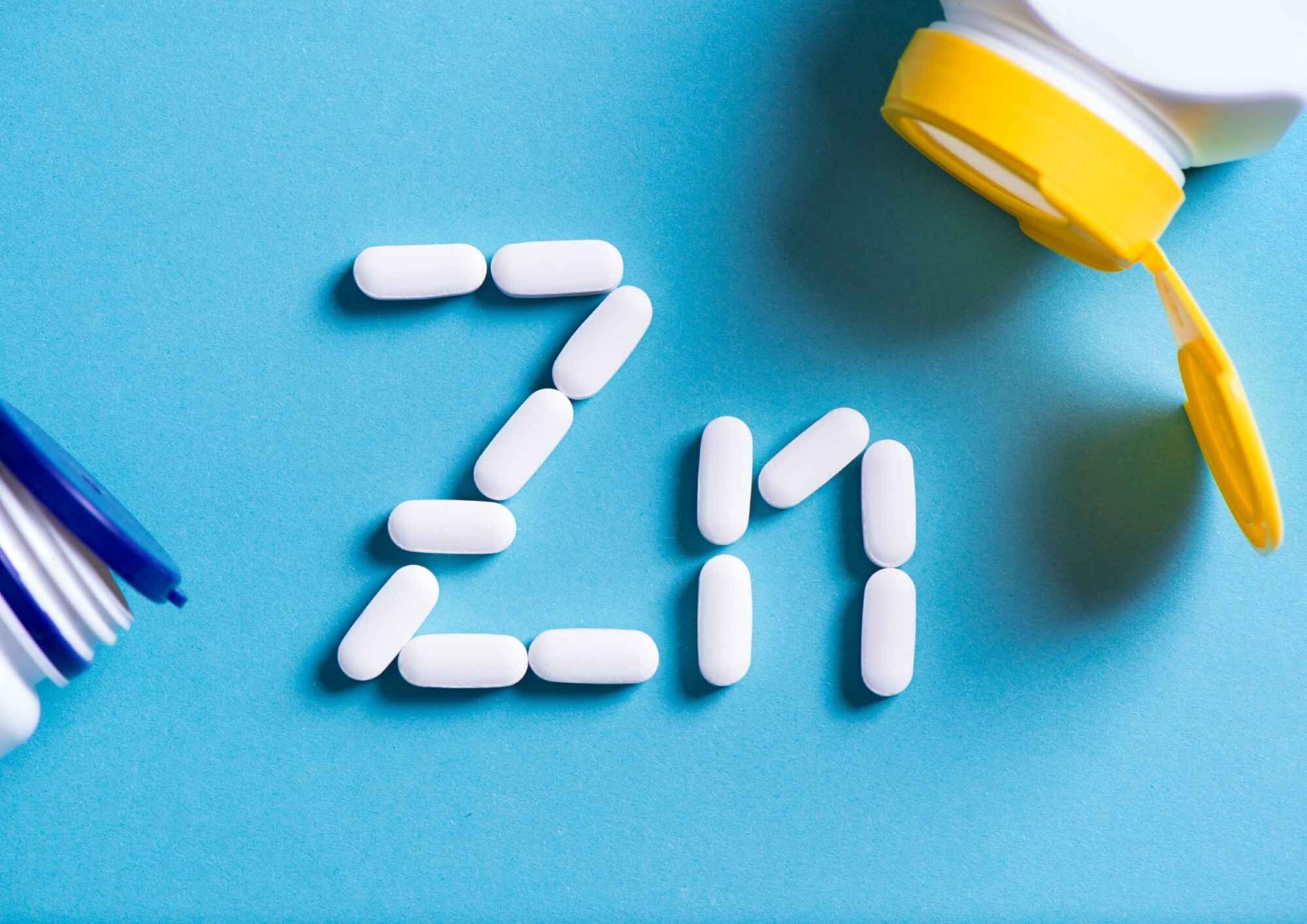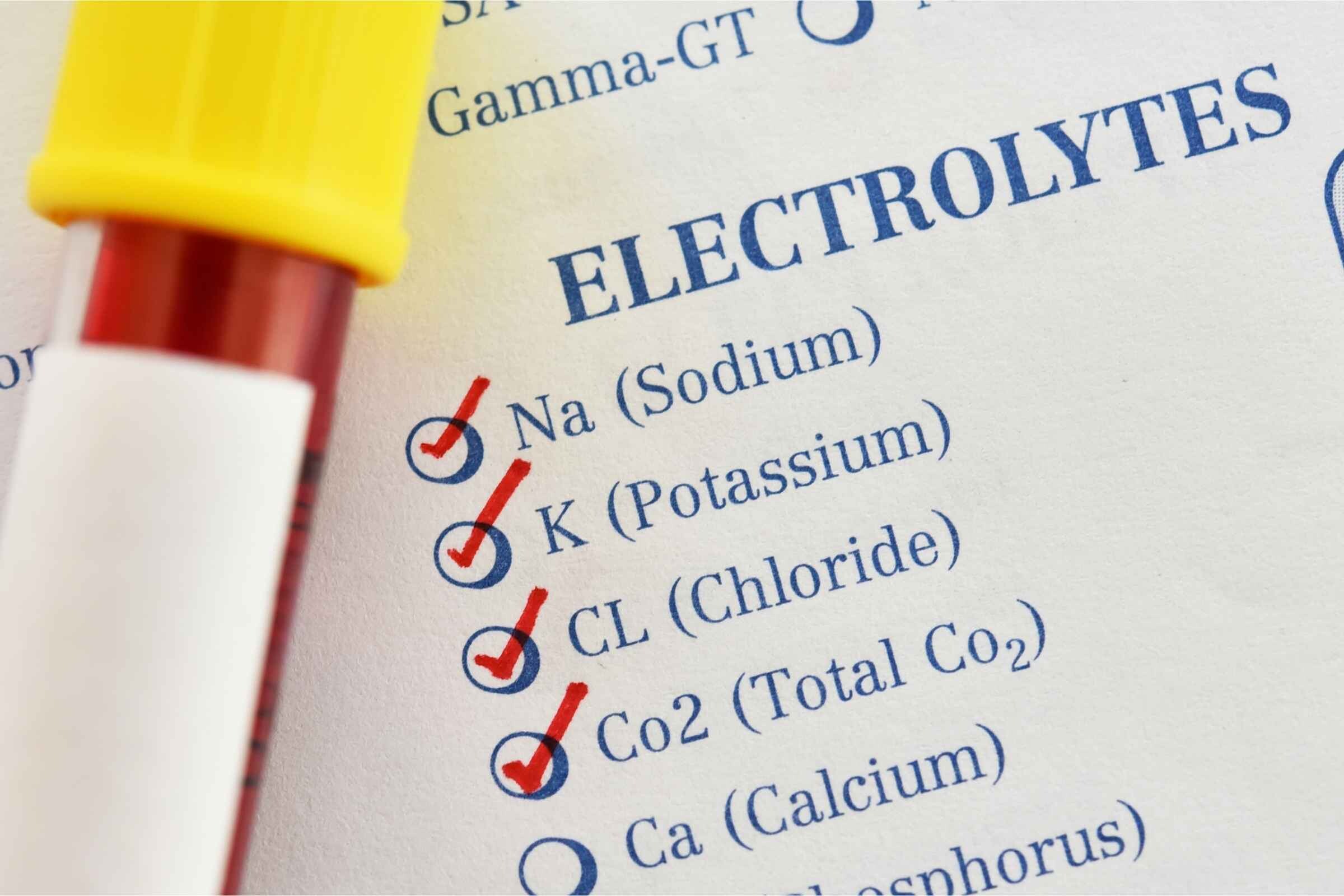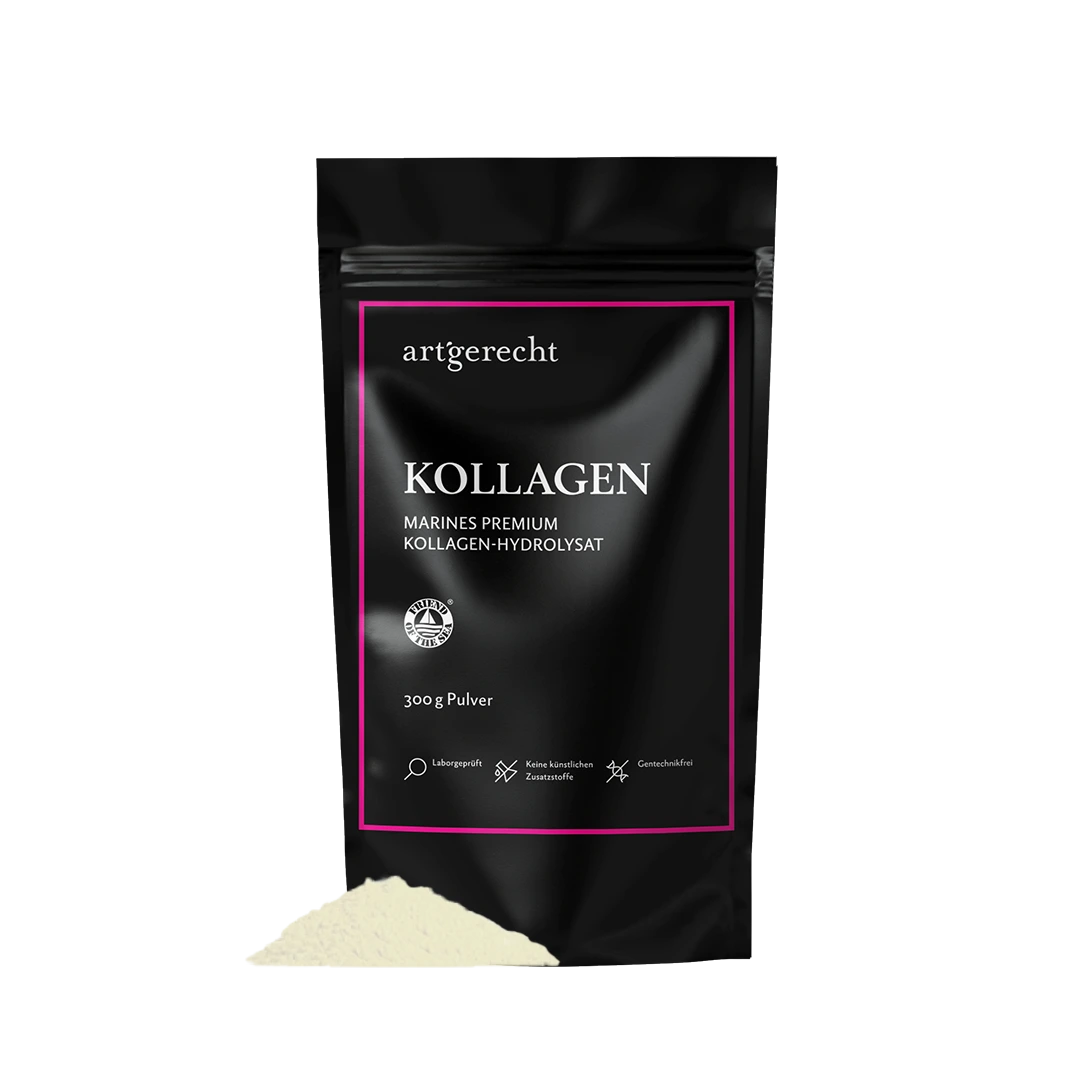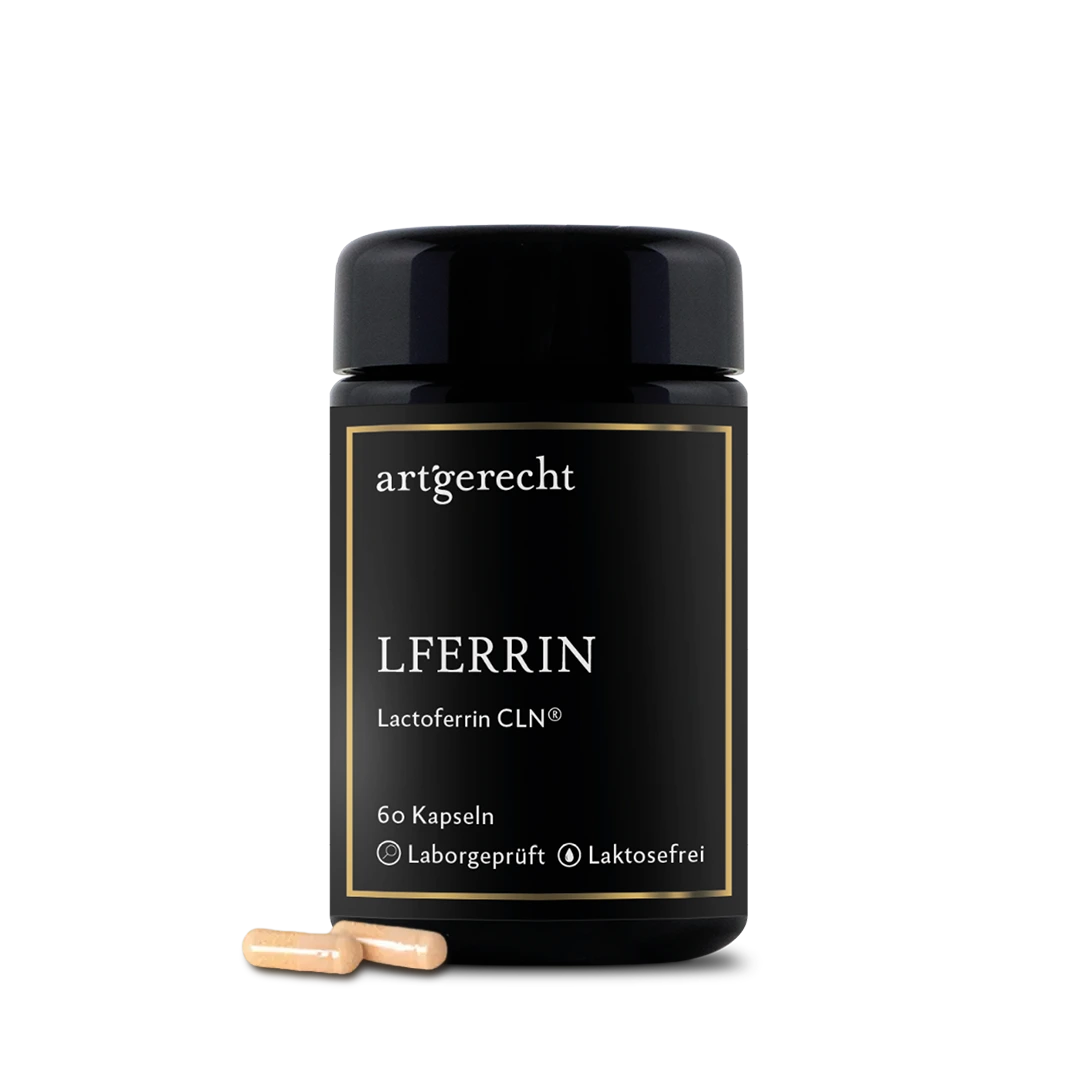- How leptin works in the body
- Leptin as the most important settling hormone
- What influence does leptin have on reproduction?
- The hormone leptin and our immune system
- Why does leptin resistance make you tired
- Food as medicine
- Symptoms of leptin resistance:
- Foods that are absolutely taboo:
- The best foods for leptin resistance:
- Conclusion:
- Literature:
If there is a lot of petrol in the tank, the fuel gauge is known to show a high fuel level. So does the hormone leptin. Formed in fatty tissue, it indicates the body fat content. The more body fat, the more leptin is produced. If there is a lot of leptin in the blood, a feeling of satiety occurs. Food intake is inhibited and the metabolism is increased. However, this control system does not work in overweight people. This leads to leptin resistance. High-calorie, high-sugar food is unhealthy. That is well known. But that's not all: the modern diet can influence important processes in our brain.
How leptin works in the body
Leptin is a metabolic hormone, also known as proteohormone, and is produced in white adipose tissue (abdominal fat). The active hormone synthesized in the human body consists of 146 amino acids. As an adipokine (protein), the hormone is largely produced in the fat cells and subsequently released. If the fat cells release leptin, it is transported to the brain via the blood. If there is a lot of leptin in the blood, the brain signals to the body that there is enough energy in the form of fat. If leptin is active in the body, energy-consuming processes are started. These include, for example, an increase in metabolism, higher activity of the sympathetic nervous system and the thyroid gland.strong>of the thyroid as well as regeneration and building up of tissue such as muscles or skin. [1][2]
Leptin as the most important settling hormone
The more abdominal fat a person has, the more leptin can be produced. In overweight people, greater amounts of leptin are therefore produced. However, due to increased levels in the bloodstream, the brain in particular develops a resistance to the hormone over time. This is known as leptin resistance. But what does this mean? Much more leptin is required in the brain for the transmission of the satiety signal, which in turn has hardly any effect in the case of resistance. The result is that overweight people actually have energy stored in abundance, but the feeling of hunger is no longer appropriately inhibited by the hormone. The basal metabolic rate drops and even more fat is stored through food intake – a „vicious circle“ is created. The consequences are similar to a lack of body fat, although exactly the opposite happens. Symptoms occur, such as an increased feeling of hunger, fatigue or cold chills.strong>cold hands and feet – up to a metabolic syndrome.
What influence does leptin have on reproduction?
Only with the „consent“ of the hormone leptin is pregnancy even possible. Because without it, the woman's egg production fails. [3]
If a woman cannot muster the necessary energy for a pregnancy, this serves as a protective mechanism for mother and child. Although there is enough body fat, leptin resistance leads to the same symptoms as a leptin deficiency: The body conserves energy and prevents a possible pregnancy.
The hormone leptin and our immune system
A leptin deficiency is associated with an increased risk of infection in children and adults. [4] Although the brain assumes a deficiency, increased leptin levels occur in the bloodstream due to leptin resistance. This leads to a permanent inflammatory activation of the immune system with consequences for the functioning energy distribution. A chronic, low-grade inflammation develops, which can end in modern disease patterns. [5]
Why does leptin resistance make you tired
One function of leptin, for example, is to report to the brain after getting up: „There is enough energy, you can get up fresh and alert!“ Leptin activates the thyroid glands and all „expensive“ organs such as heart or muscles and we can move efficiently. From an evolutionary perspective, this makes perfect sense. Because fresh food, as we know it today, did not exist among our ancestors. They first had to go in search of food. Therefore, after getting up, the digestion and production of amylase, a digestive enzyme, is inhibited because it is not necessary for the search for food. Eating directly after getting up therefore appears not particularly useful from an evolutionary point of view.
Food as medicine
The food tamarind (Säure HCA) can reduce the leptin concentration in the blood, LDL values (cholesterol) and triglyceride values have been shown to significantly reduce. At the same time, parameters such as HDL (cholesterol) and the smooth muscle hormone serotonin increase. [6]
Symptoms of leptin resistance:
- Belly fat
- High blood pressure
- Eating disorders
- Food that is frequently cold or Hands
- High meal frequency (> 21 meals per week)
- No fever development during infections
- Menstrual cramps
- Standing, frequent feeling of hunger
Foods that are absolutely taboo:
- < 20 g fat per meal
- Fructose
- Household sugar
- High-calorie food (225-275 kcal/100g)
- Industrially produced convenience products
- Industrially produced fruit
- Meal frequency (> 19x/week)
- Mast meat
- Plantsöoil, especially corn oil, safflower oil, sunflower oil, peanut oil
- drinks, energy drinks
The best foods for leptin resistance:
- Avocado
- Chili
- Eggs
- Garlic
- Marillas
- Sea fish
- Seafood and shellfish
- Mushrooms
- Quinces
- Red pepper
- Saffron
- Snails
- Fruits, especially mango, papaya, melon
- Tamarind
- Root vegetables
- Wurzelgemüse
- Onion
Conclusion:
Leptin is the hormone in the body that regulates metabolism, muscle activity, immune system, reproduction, growth and psyche are connected. [7] Leptin resistance can be regulated by a species-appropriate diet and lifestyle. A reduction in meal frequency and moving on an empty stomach are particularly effective. This means: hunt first, then eat!
Literature:
- Ruiz-Núñez B., Pruimboom L., Dijck-Brouwer D. A., Muskiet F. A.: Lifestyle and Nutri- tional Imbalances Associated with Western Diseases: Causes and Consequences of Chronic Systemic Low-grade Inflammation in An Evolutionary Context. J Nutr Biochem. 2013.
- Dandona P.: Vascular Reactivity in Diabetes Mellitus. Endocrinol Nutr. 2009; 56 Suppl 4.
- Neuschwander-Tetri B. A., Clark J. M., Bass N. M., et al: Clinical, Laboratory and Histo- logical Associations in Adults with Nonalcoholic Fatty Liver Disease. Hepatology. 2010; 52.
- Baggio L. L., Drucker D. J.: Biology of Incretins: GLP-1 and GIP. Gastroenterology. 2007; 132.
- Kalra S.: Emerging Role of Dipeptidyl Peptidase-IV (DPP-4) Inhibitor Vildagliptin in the Management of Type 2 Diabetes. J Assoc Physicians India. 2011; 59.
- Ahrén B.: Dipeptidyl Peptidase-4 Inhibitors: Clinical Data and Clinical Implications. Diabetes Care. 2007; 30.
- Marcheva B., Ramsey K. M., Buhr E. D., et al: Disruption of the Clock Components CLOCK and BMAL1 Leads to Hypoinsulinaemia and Diabetes. Nature. 2010; 466.











